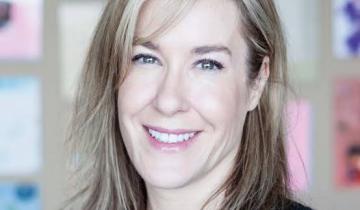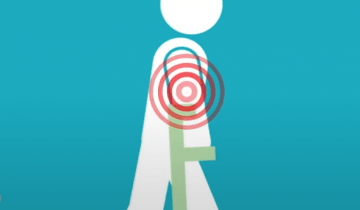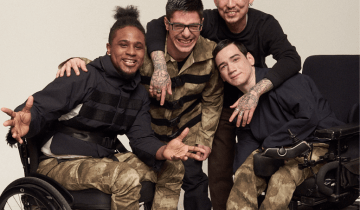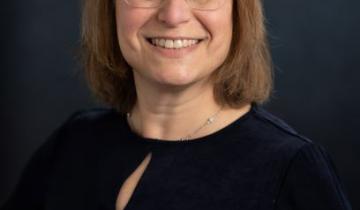This comprehensive review of the research evidence surrounding supportive stepping for individuals, GMFCS IV and V, provides helpful information for families to make practical decisions about for whom, when, and how long to use a supported stepping device (also known as gait trainers).
This comprehensive review of the research evidence surrounding supportive standing for individuals, GMFCS IV and V, provides helpful information for families to make practical decisions about for whom, when, and how long to use a standing device.
Dr. Nathalie Maitre discusses the CPF Early Detection and Intervention Network and helps us to understand how babies learn, how CP impacts the developing brain, and early intervention strategies that can help.

Pain in people with cerebral palsy is very common, and probably not evaluated frequently enough.

The Cerebral Palsy Foundation has created a checklist to help guide you in living the healthiest life possible. This checklist has been created for adults with cerebral palsy to provide basic guidance surrounding routine and additional screenings that should occur as part of your primary and preventive care.

On this episode I talk with two of the world’s leading researchers… Dr. Madison Paton and Dr. Iona Novak on stem cell treatment for cerebral palsy. Stem Cells have been a hot topic in Cerebral Palsy for at least 15 years now, with many parents and researchers hoping that at the least, stem cells will lessen the impact of CP and at most hold the key to a cure. Dr. Paton and Dr. Novak will share their insider knowledge into this subject and help us sort through the hype and so we can hold onto our hope.

On this episode with Dr. Amy Bailes, we discuss the Gross Motor Functional Classification System (the GMFCS), the Gross Motor Functional Measure (the GMFM), and the corresponding motor curves. The GMFCS is an important classification system that is relatively easy to understand and it helps create a shared language and framework for understanding a person with CP’s physical function. This can be very helpful for patients, families and providers of all sorts, especially as it relates to both and acceptance and understanding of the diagnosis and family-centered shared decision making.

The spine is made up of many individual bones called vertebrae joined together by muscles and ligaments. Flat, soft discs separate and cushion the vertebrae from rubbing against each other. Because the vertebrae are separate, the spine is flexible and can bend. Together the vertebrae, discs, muscles, and ligaments make up the vertebral column or spine.

